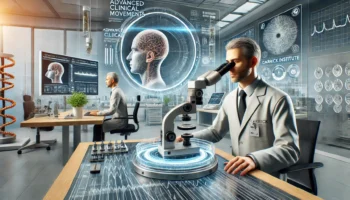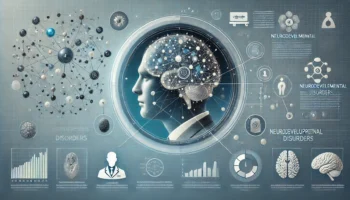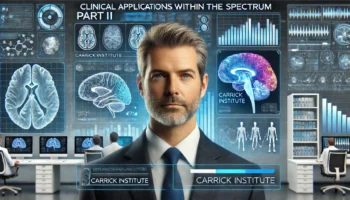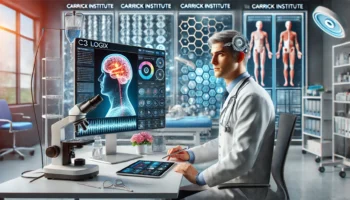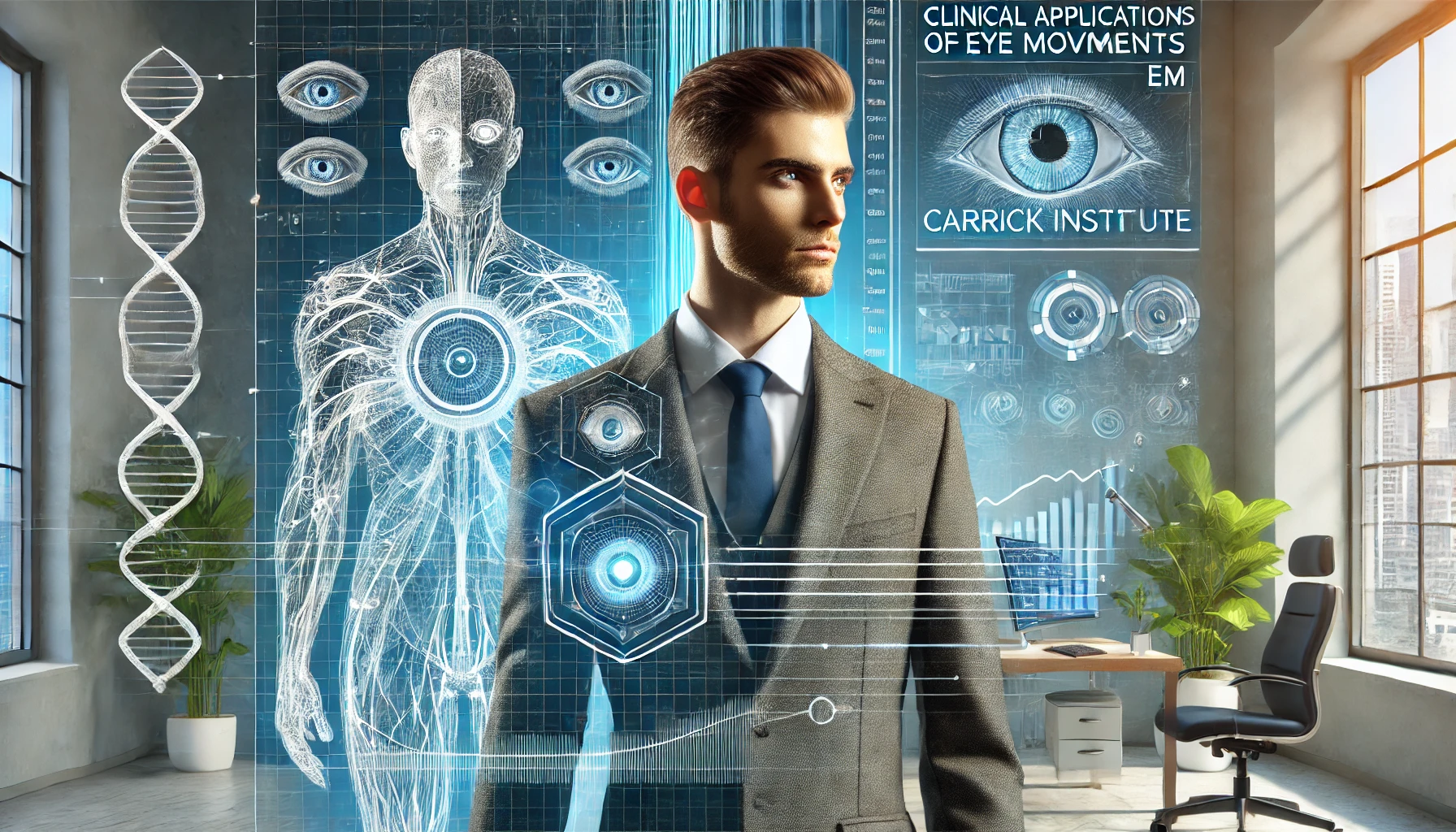Clinical Applications of Eye Movements (EM) – Carrick Institute
Clinical Applications of Eye Movements (EM) – Carrick Institute Download. This 25-hour clinical program is a comprehensive overview of the brain and eye mo…
Overview
Discover the Best Learning with Clinical Applications of Eye Movements (EM) – Carrick Institute
WisMentor is your ultimate destination for online learning. Explore "Clinical Applications of Eye Movements (EM) – Carrick Institute" by top authors and instructors, designed to transform your skills and career. Start now and unlock your potential!
Salepage check: Clinical Applications of Eye Movements (EM)
Author: Carrick Institute

This 25-hour clinical program is a comprehensive overview of the brain and eye movements highlighting hands-on examination and treatment protocols. A mastery of clinical examination procedures to quantify brain function and eye movements is necessary in the treatment of traumatic brain injuries and neurodegenerative diseases. Our participants will be trained to this level of mastery after completion of this course.
WHAT OUR PARTICIPANTS WILL LEARN
- Examination of brain function
- Examination of voluntary and reflexogenic eye movements
- Examination of the visual striate cortex
- Examination of the medial superior temporal and middle temporal areas
- Examination of the frontal cortex
- Examination of the dorsolateral prefrontal cortex
- Examination of frontal eye fields
- Examination of supplementary high fields
- Examination of the superior colliculus
- Examination of the Pontine para-medial reticular formation
- Development of clinical treatments associated with disorders of the brain
These examination procedures promote localization and differential diagnoses of the nervous system.
MASTERY OF CLINICAL PROCEDURES INVOLVING EYE MOVEMENTS
- Saccade test
- Antisaccadic test
- Head and eye saccades
- Visual pursuits
- Reflexogenic by movement tests
- Volitional eye movement tests
- Vestibular tests
- Gaze fixation tests
- Optokinetic tests
MASTERY OF THE UNDERSTANDING OF THE DESCENDING PATHWAYS INVOLVED IN EYE MOVEMENTS AND THEIR CLINICAL APPLICATIONS
- Examination procedures that are specific to quantified the functional connections between the brain and brainstem
- Examination procedures that are specific for the Neostriata and basal ganglia
- Examination procedures that are specific for the subthalamic nucleus
- Examination procedures that are specific to the integration of major structures that projec to brainstem saccadic generators
- Examination procedures that are specific to the classification of fast and slow eye movements
- Diagnostic interpretation of pathology of functional eye movements
BRAIN FUNCTION AND THE SMOOTH PURSUIT SYSTEM
- Examination procedures to identify function of the descending smooth pursuit pathway
- Examination procedures to identify the integration of cortical, subcortical and cerebellar influences to smooth pursuit function
- Interpretation of clinical signs specific to anatomical localization and neurophysiological function of the nervous system
- Understanding the functional deficits and compensation of specific lesions in the brain, basal ganglia, thalamus, cerebellum, brainstem and spinal cord and the development of treatment therapies specific to identified lesions
- Examination procedures that can identify pathology of function versus ablative pathology of smooth pursuit systems.
- Examination procedures specific to vestibular integration and eye movements
CLINICAL SKILLS ASSOCIATED WITH VERGENCE EYE MOVEMENTS
- Clinical examination procedures of near and far visual perception
- Clinical treatment applications using environmental stimuli to affect vergence eye movements
- Clinical examination procedures specific to the midbrain
- Clinical examination procedures specific to the pons
- Clinical examination procedures specific to the cerebellum
UNDERSTANDING THE EXTRAOCULAR MOTOR SYSTEM
- Clinical examinations to quantified the pulse – step of neural integration
- Clinical examinations to measure pulse – step mismatches
- Clinical examinations to quantify the integrity of the brainstem generator
- Clinical examinations to quantify saccadic latency, velocity, duration and accuracy
THE DEVELOPMENT OF THERAPEUTIC TREATMENT INTERVENTIONS
- Rubrics to assist in treatment development
- How to create a therapeutic practice
- How to increase beneficial clinical outcomes
- How to decrease failed clinical outcomes
About Clinical Applications of Eye Movements (EM) – Carrick Institute and Our Expert Authors
Clinical Applications of Eye Movements (EM) – Carrick Institute is part of our extensive collection of over 70,000 premium courses at WisMentor. Created by renowned authors and industry leaders, this course is tailored to provide cutting-edge knowledge and actionable insights.
Why Choose WisMentor?
- 🌟 Access courses from world-renowned authors.
- 📚 Wide range of topics to suit your professional and personal growth needs.
- 💼 Lifetime access and flexible learning options.
Key Features of Clinical Applications of Eye Movements (EM) – Carrick Institute:
- ✅ Comprehensive content covering essential topics.
- ✅ Evidence-based methodologies and practical examples.
- ✅ Learn at your own pace with expert guidance.
How to Access Your Course?
Getting started is easy:
- 📩 Receive an instant download link via email.
- 🌐 Access your course anytime through your account dashboard.
- 📱 Compatible with all devices for a seamless experience.
Need Help?
Our dedicated support team is here to assist you. Visit our Contact Us page or reach out via email for any queries or assistance.
More from Our Collection:
Don’t miss the opportunity to explore more courses from top authors and enrich your learning journey at WisMentor. Find your next course now and take your skills to the next level.
Curriculum
FAQs
Requirements
- Access to a computer with internet connectivity for online course materials and assessments.
- Familiarity with basic clinical examination techniques is beneficial.
- A strong foundation in neuroanatomy and neurophysiology is recommended.
Features
- Certificate of completion upon successful course completion.
- Interactive learning environment with opportunities to engage with instructors and peers.
- Expert instructors with extensive clinical experience.
- Comprehensive and easy-to-understand content with illustrative images.
Target audiences
- Medical, nursing, and biomedical engineering students.
- Ophthalmologists, neurologists, physical therapists, rehabilitation specialists.

